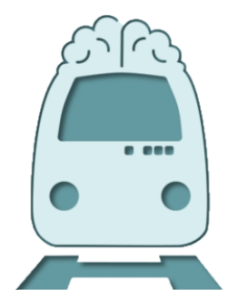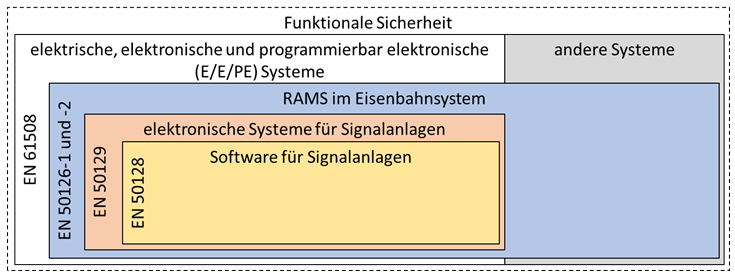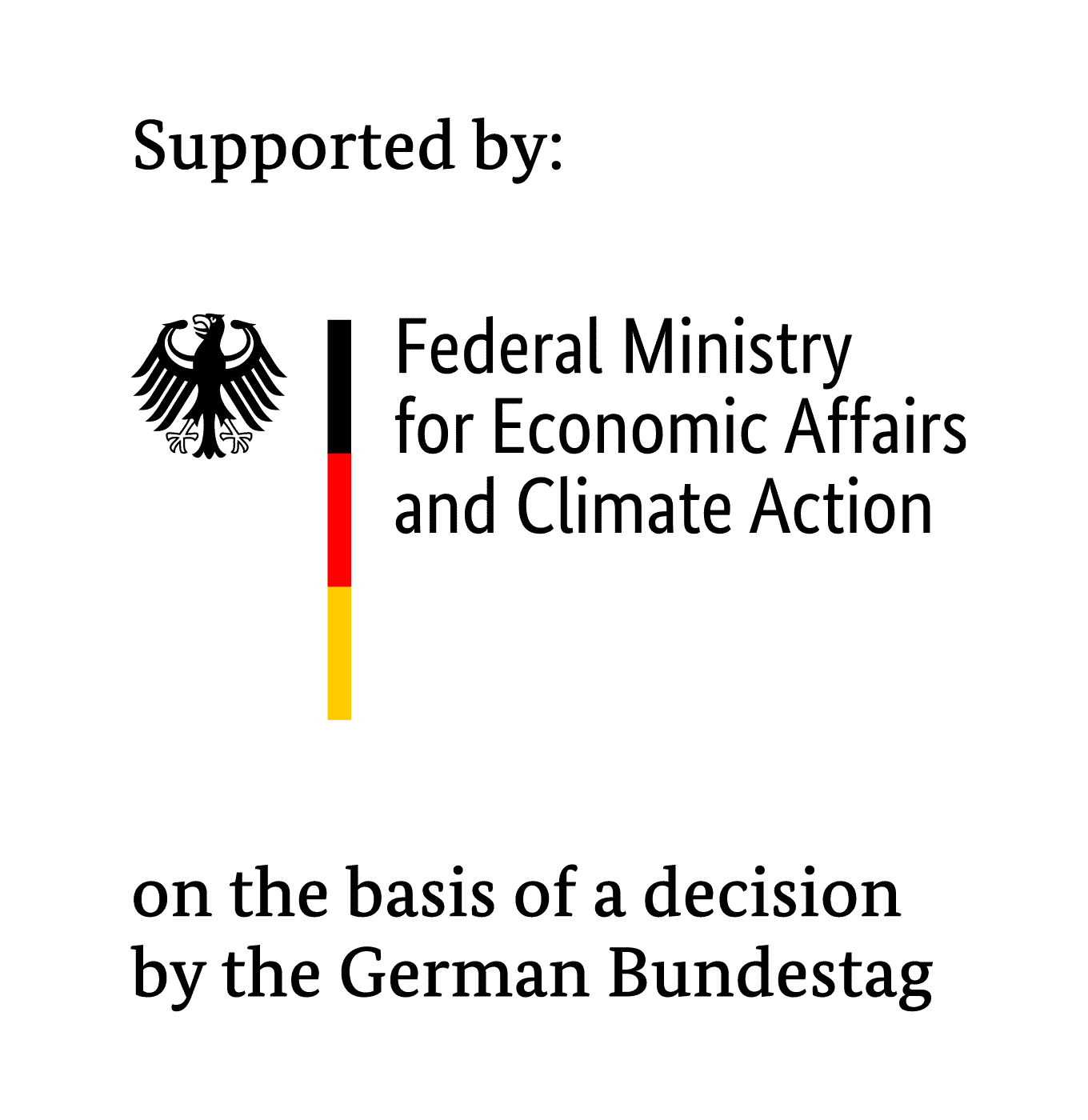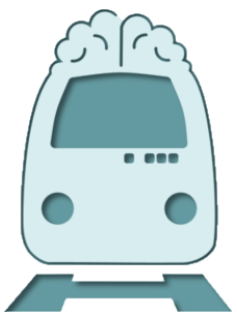KI-LOK

A collaborative project on test methods for AI-based components in the railway industry
Motivation
The design and operation of innovative vehicles in rail-based transport increasingly requires the use of AI-based learning systems to improve the quality of transport services, increase resource efficiency and thus the sustainability of trains, and provide new functionalities. The use of AI will not only be limited to comfort functions, but will increasingly expand into safety-critical areas.
Examples include advanced driver assistance systems (ADAS) for detecting obstacles, systems for forecasting of maintenance work on the train, or systems for energy-optimized driving. The transformations that will be caused by such intelligent data-based mobility systems in the vehicle are revolutionary and comprehensive.
One of the greatest challenges in this context is the development of appropriate verification and validation procedures, which in their entirety must meet the goals of data-based mobility as well as the quality and safety requirements of rail transport. To date, however, there are no adequate methods and tools for proving the functional safety of AI systems in railway technology.
Research is needed in particular because of the new properties of software for AI applications. The use of machine learning (ML) results in software products that are much more dynamic than the hard-coded algorithms of classic software. The behavior of such systems is often not transparent, traceable and can hardly be predicted.
Scope and objectives
The aim of the project is to develop test procedures and methods for the validation and certification of AI-based technologies for safety-critical applications in railway technology.
The techniques and tools to be developed will be based on practical application examples in order to be suitable for real life scenarios. Based on two case studies - "Object recognition in the clearance gauge ahead" and "Safe self-localization as part of the vehicles odometric system" - the training and testing strategy for AI systems will be developed and made usable for industrial applications.
The scope of the KI-LOK project is defined by three cornerstones. Their common goal is the creation of suitable test and training models to be used in test tools and their integration into an industrially usable environment.
Approval processes
The definition of possible approval processes for AI-based applications is one of the main goals of the project. This is intended to provide a building block for the practical applicability of AI-based components. Meeting the safety requirements of European railway regulations must also be achieved when using AI components. A proof of safety for AI-based components must therefore be focused on the fulfillment of RAMS (Reliability, Availability, Maintainability and Safety) and security requirements. The research therefore aims to develop adequate methods.

Structure of safety standards in railroad technology
Risc and hazard analysis
A number of qualitative and quantitative approaches have been established in numerous standards and safety standards, with which risks can be systematically identified and their effects described. ML-based software is characterized by a number of features which set it apart from classic software, especially in terms of susceptibility to errors and stability. These include new failure modes and vulnerabilities that are characteristic of ML applications (susceptibility to distribution shifts, lack of generalization capability, lack of robustness as well as inadequate testing capabilities in the deployment environment). One approach in the project is to systematically consider these ML-specific failure modes in the risk and hazard analysis and to develop reasonable measures for risk reduction and verification. These include new failure modes and vulnerabilities that are characteristic of ML applications (susceptibility to distribution shifts, lack of generalization capability, lack of robustness, and inadequate testing capabilities in the deployment environment). One approach in the project is to systematically consider these ML-specific failure modes in the risk and hazard analysis and to develop reasonable measures for risk reduction and verification.
Methods for analysing AI
Four groups of analytical methods are being pursued in the project.
The area of formal reasoning investigates approaches to draw generally valid conclusions about the behavior of a neural network from its structure. For this purpose, "random forests" are to be investigated in the project. Furthermore, the use of static analysis methods for the critical behavior of medium-sized neural networks will be examined in the project. In addition, possibilities for domain-specific visualization, e.g., with the help of adversarial networks, will be investigated, on the basis of which a better problem analysis is possible.

Methods for analysing AI
For the evaluation of high-dimensional AI systems, another approach focuses on the investigation of empirical-statistical methods for the development of AI test strategies. Summarizing individual empirical test results into meaningful AI robustness scores requires a sufficiently large and high-quality set of test data that must be representative of all relevant object classes as well as the real-world context of use.
As a fourth method, dynamic testing represents an indispensable means of quality assurance also for AI-based components. Within the framework of KI-LOK, test procedures are therefore to be developed that are based on coverage criteria and complete arguments and that bridge the gap between the risk-based approach of classical security arguments and the specific properties of ML-based systems.
Project results
On the one hand, the results from the investigations in the project are to be used in tools for the validation of AI-based components, which are to be used in an industrial environment. On the other hand, the findings will help to define approval processes for AI-based applications in railroad operations.
Sponsors and funding
The KI-LOK project is supported and financed by the German Federal Ministry for Economic Affairs and Energy as part of the "New Vehicle and System Technologies" funding directive. The projects managing authority is TÜV-Rheinland.








